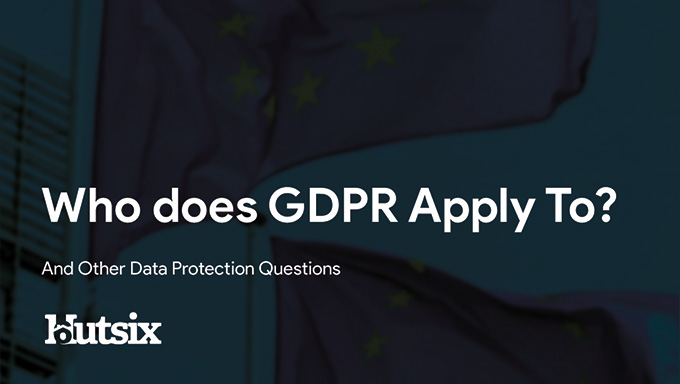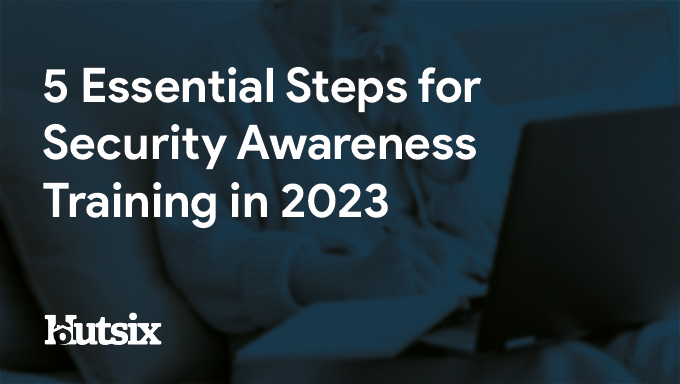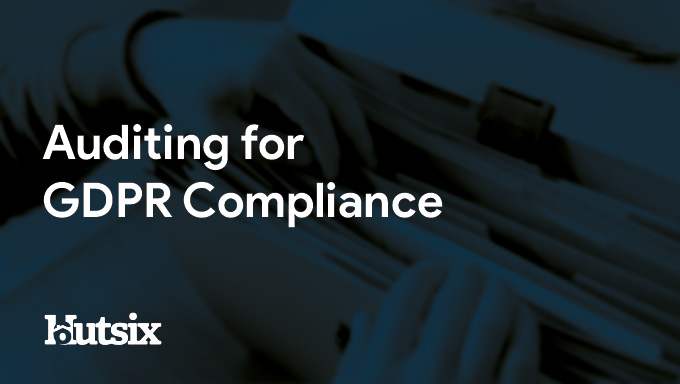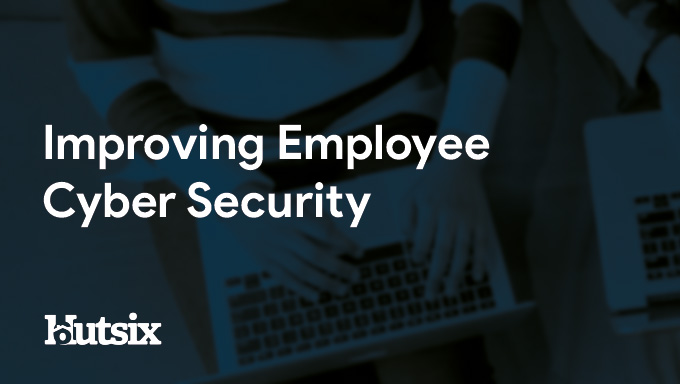What is Information Security?
A Simple Definition of Information Security
Information security, commonly known as InfoSec, encompasses the strategies, processes, and tools implemented to safeguard sensitive business information from unauthorised access, alteration, destruction, and disclosure.
Information security, or InfoSec, is a comprehensive discipline focused on protecting vital business data from a range of threats. This protection involves not only preventing unauthorised access but also ensuring that information remains accurate, confidential, and available when needed. InfoSec employs a variety of measures, including physical and digital safeguards, to shield data from potential cyber-attacks, data breaches, and other malicious activities.
The goal is to maintain the integrity and confidentiality of information, ensuring that it is only accessible to those with proper authorisation, while also preserving its availability for legitimate use.
Looking to learning more about Information Security?
Talk to one of our experts about effective training now.
The 3 Key Concepts of Information Security
Confidentiality
Confidentiality ensures that sensitive information is accessible only to those with proper authorisation. This principle safeguards data from unauthorised access and disclosure, ensuring that private information remains private. Techniques such as encryption, access controls, and network security measures are commonly employed to maintain confidentiality.
Integrity
Integrity involves maintaining the accuracy and completeness of data. This principle protects information from unauthorised alterations that could compromise its reliability and trustworthiness. Mechanisms such as checksums, hash functions, and version control systems are utilised to detect and prevent data tampering, ensuring that information remains unaltered and authentic.
Availability
Availability ensures that information is readily accessible to authorised users whenever needed. This principle prevents disruptions that could hinder business operations and ensures that data is available in a timely manner. Redundancy, failover systems, and robust backup solutions are typical measures used to maintain high availability of information and systems.
What is the Difference Between Cybersecurity and Information Security?
Understanding the distinction between cybersecurity and information security is crucial for developing effective protection strategies for your data.
Information security (InfoSec) is a broad discipline focused on safeguarding all forms of information, whether they are in digital, physical, or other formats. This includes everything from paper documents to digital files stored on servers. InfoSec aims to protect information from unauthorised access, alteration, and destruction, ensuring its confidentiality, integrity, and availability. Measures under InfoSec include physical security controls, administrative policies, and technical solutions designed to protect data in all its forms.
Cybersecurity, on the other hand, is a specific subset of information security that concentrates exclusively on protecting digital information and the systems used to store, process, and transmit it. Cybersecurity focuses on defending against cyber threats that target computers, networks, handheld devices, cloud services, and other digital platforms. It involves implementing measures such as firewalls, intrusion detection systems, anti-malware software, and secure coding practices to protect against cyber-attacks.
In essence, while InfoSec encompasses all aspects of information protection, cybersecurity zeroes in on the digital realm. Cybersecurity is integral to InfoSec but is specifically concerned with combating threats that arise in the digital space. Understanding both concepts and their interplay is essential for comprehensive data protection, ensuring that both physical and digital information remain secure against a wide array of threats.
Why is Information Security Important?
To illustrate information security in action, let's consider a scenario involving a financial institution such as a bank.
Imagine a bank that needs to protect its customers' sensitive financial information, including account numbers, balances, and transaction histories. To achieve this, the bank implements a range of information security measures:
Encryption: The bank uses encryption to protect digital data both in transit and at rest. When customers access their accounts online, their data is encrypted using SSL/TLS protocols, ensuring that any information exchanged between the customer's device and the bank's servers is secure from eavesdroppers.
Access Controls: The bank enforces strict access controls to ensure that only authorised personnel can access sensitive information. Employees must use multi-factor authentication (MFA) to log into the bank's systems, combining something they know (a password) with something they have (a security token) or something they are (a fingerprint).
Physical Security: In addition to digital protections, the bank employs physical security measures to protect its data centres. These measures include security guards, surveillance cameras, and biometric access controls to prevent unauthorised physical access to servers and other critical infrastructure.
Regular Audits and Monitoring: The bank conducts regular security audits and continuously monitors its systems for signs of unusual activity. This proactive approach helps to identify and address potential vulnerabilities before they can be exploited by malicious actors.
Employee Training: Recognising that human error is often a significant security risk, the bank provides ongoing training for its employees. This training covers best practices for information security, such as recognising phishing attempts, using strong passwords, and following proper data handling procedures.
By implementing these comprehensive information security measures, the bank effectively safeguards its customers' sensitive information from a wide range of threats, ensuring the confidentiality, integrity, and availability of its data. This example highlights the multifaceted nature of information security, encompassing both digital and physical protections, as well as the importance of a holistic approach to data security.
Security Awareness for your Organisation
Enjoyed our blog? Learn more about how Hut Six can help improve you security awareness with training and simulated phishing. Start a free trial now, or book a meeting with one of our experts.
Featured
What is the Impact of Security Awareness Training? - Hut Six
Discover the Impact of Security Awareness Training: Prevent breaches, foster culture, & build trust.
What is Personal Data?
Learn about personal data, its types, and significance in data protection. Explore general and special category data, as well as pseudonymised and anonymised data under the GDPR.
Who Does GDPR Apply To?
Who Does GDPR Apply To? And Other Data Protection Questions/ Information Security blog by Information security awareness provider Hut Six Security.
Does ChatGPT Pose a Cybersecurity Risk
In this blog post, we explore whether AI chatbots like ChatGPT pose a cybersecurity risk. We delve into the potential vulnerabilities and threats posed by chatbots, and discuss measures that can be taken to mitigate these risks. Read on to discover how you can ensure the security of your organisation's chatbot interactions.
How Do I Get Cyber Essentials Certified?
Learn how to obtain Cyber Essentials certification and enhance your organization's cybersecurity posture with our comprehensive guide. Our expert insights will help you navigate the certification process to meet the requirements for Cyber Essentials.
Essential Steps for Security Awareness Training
Starting a security awareness training campaign? Here are 5 essential steps to help ensure information security success.
Malicious Insider Threats - Meaning & Examples
Malicious insider threats can cause massive problems. Here we examine some of the motivations behind attacks and methods of detection organisations can use to reduce risk.
5 Biggest Breaches of 2022 (So Far)
Five of the biggest and most significant data breaches, hacks, and information security attacks of 2022 (so far).
Auditing for GDPR Compliance
Questions to consider when auditing your business or SME for General Data Protection Regulation (GDPR) compliance.
Improving Employee Cyber Security
With human error responsible for many breaches and attacks, we offer some helpful areas for improving employee security compliance.












